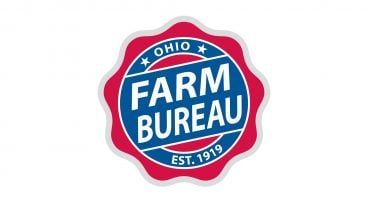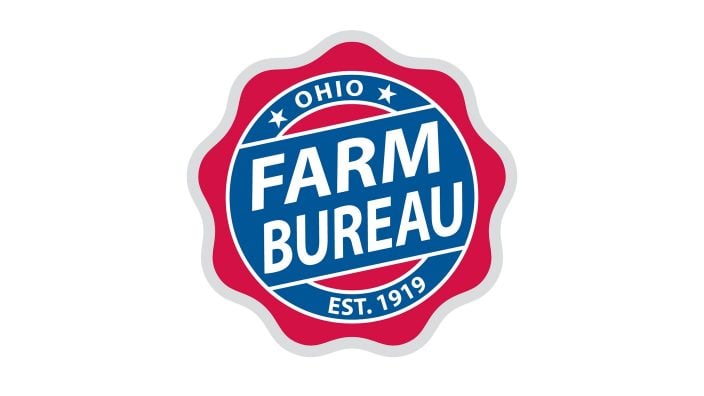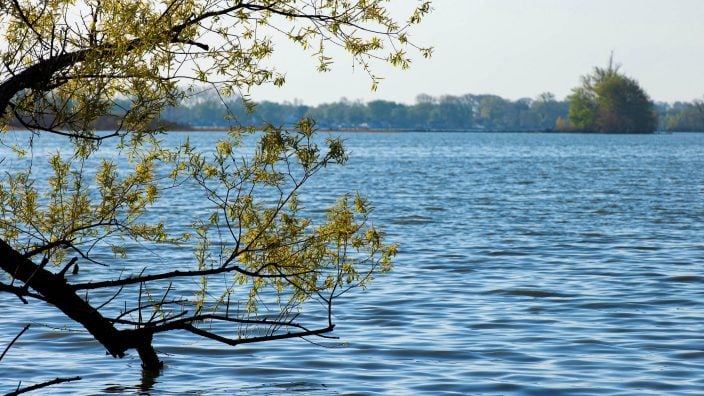Ohio Farm Bureau officers re-elected at 107th Annual Meeting
Bill Patterson, Cy Prettyman and Adele Flynn will continue to serve as officers for Ohio Farm Bureau Federation.
Read MoreThe mainly wet weather pattern in early spring caused the flow of water systems within the Western Lake Erie Basin to be above normal in March and April, creating what is considered a 'mildly severe' algal bloom forecast by NOAA.
The 2024 algal bloom is expected to have a severity index of 5, according to the final forecast from the National Atmospheric and Oceanic Administration (NOAA). This forecast, based on a 1 to 10 scale, uses an ensemble of different models, which consider phosphorus loading into Lake Erie during the spring and early summer.
The mainly wet weather pattern in early spring caused the flow of water systems within the Western Lake Erie Basin to be above normal in March and April, creating what is considered a “mildly severe” algal bloom forecast by NOAA.
“It’s important to note that more of the heavier spring rainfalls occurred well before nutrients were applied to farm fields for the 2024 growing season,” said Jordan Hoewischer, director of water quality research with Ohio Farm Bureau. “It will be interesting to see how the bloom acts in the heart of summer, and if the bloom is above the range of past years, we have to really assess the data and learn more about where the nutrient load is coming from.”
Hoewischer said the timing of the rains, planting season and applications of fertilizer this spring should emphasize the importance of the use of cover crops, one of the programs farmers are utilizing through H2Ohio, to keep nutrients and soil in place throughout the year.
The latest reports from the Lake Erie Commission show a consistent downward trend of dissolved reactive phosphorus loading into the Western Lake Erie Basin since 2015.
“To be able to realize success in reducing nutrient loss over the past 10 years despite the challenge of increasing heavy rainfall events is no small feat,” Hoewischer said. “Ohio agriculture has proven its role in improving water quality, but there is plenty of work left to do. Farmers should consult their local Soil & Water districts and consider H2Ohio about all of the options available to them to continue to protect the soil on the farm and the water heading downstream.”
With the expansion of the H2Ohio water quality initiative throughout the entire state, along with the growth of the Ohio Agriculture Conservation Initiative certification program, both designed to help farmers find more and better nutrient management practices, efforts will continue to advance across Ohio to create positive results for clean water.
NOAA will release the final algal bloom statistics for 2024 in September.
Ohio Farm Bureau’s mission is working together for Ohio farmers to advance agriculture and strengthen our communities. Learn more at ohiofarmbureau.org.
This is a news release for use by journalists. Questions should be directed to Ty Higgins, 614-246-8231 or [email protected].


Bill Patterson, Cy Prettyman and Adele Flynn will continue to serve as officers for Ohio Farm Bureau Federation.
Read More

Bill Patterson of Chesterland has been re-elected president of the Ohio Farm Bureau Federation, the highest elected office in the state’s largest farm and food organization.
Read More

Cy Prettyman of New Bloomington has been re-elected first vice president of the Ohio Farm Bureau Federation, the second highest elected office in the state’s largest farm and food organization.
Read More

Adele Flynn of Wellington has been re-elected treasurer of the Ohio Farm Bureau Federation, the third highest elected office in the state’s largest farm and food organization.
Read More

Delegates discussed many topics impacting agriculture including farmland preservation, local foods, and succession planning.
Read More

Twenty-six farmers govern the state’s largest farm and food organization.
Read More

Matt Schmerge of Botkins has been elected to his first three-year term on the board of trustees of Ohio Farm…
Read More

Craig Pohlman of Venedocia has been elected to his third three-year term on the Ohio Farm Bureau Federation Board of Trustees.
Read More

Evan Davis of Leesburg has been elected to his first three-year term on the board of trustees of Ohio Farm Bureau Federation.
Read More

John Bolte of Tiffin has been elected to his second, three-year term on the board of trustees of Ohio Farm Bureau Federation.
Read More